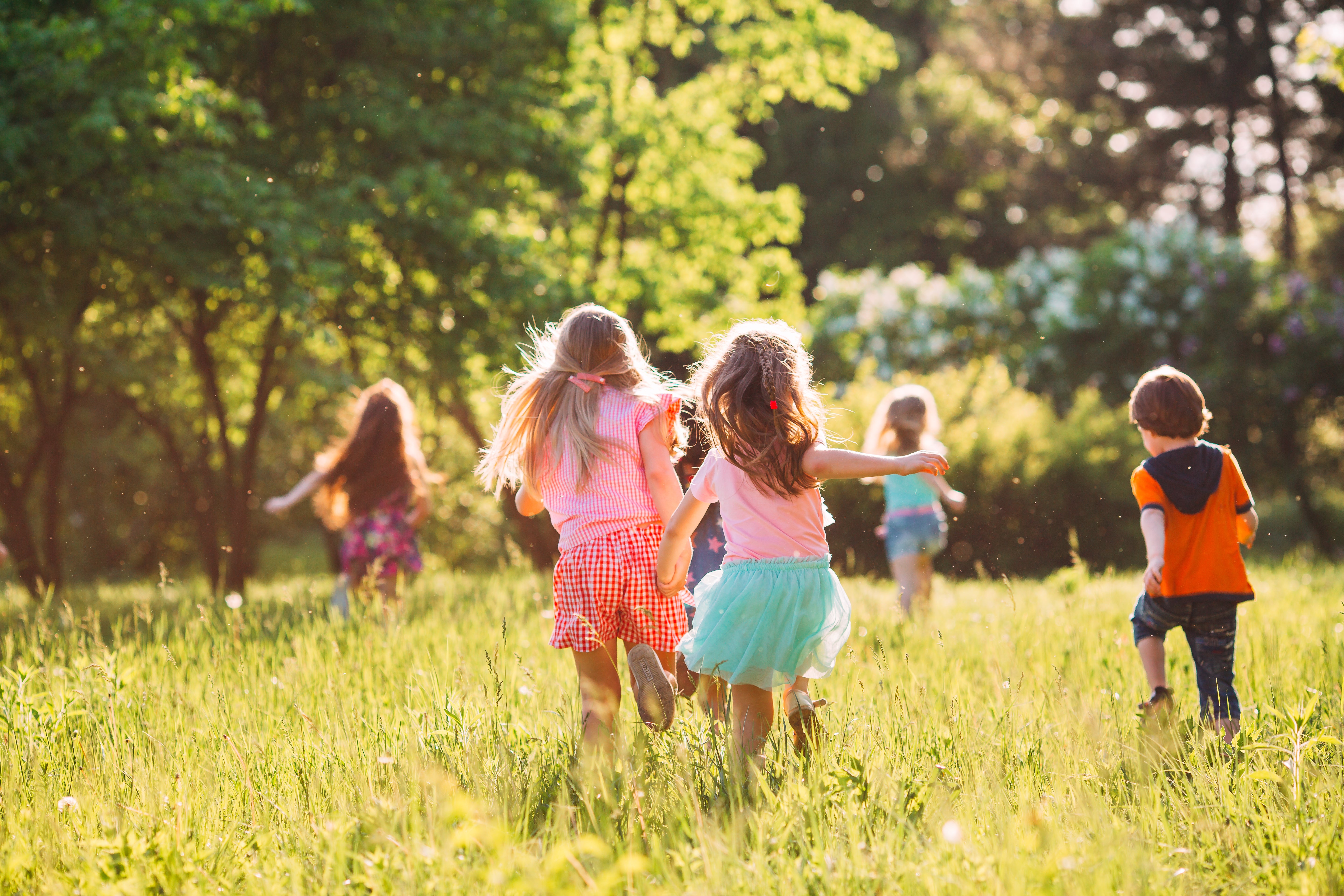The Importance of Sun Protection for Children
Childhood is full of sunshine, adventure, and exploration—but it’s also when we get most of our lifetime UV exposure. A single bad sunburn in childhood can double the risk of skin cancer later in life, which is why building sun-safe habits early matters.
Here’s how to keep your little cubs protected:
- Use Broad-Spectrum Sunscreen
- SPF 30+ applied generously & re-applied every 2 hours. (But we know toddlers don’t always sit still for that!)
- Dress in Protective Clothing
- Long sleeves, hats, and UPF 50+ fabric offer all-day coverage without the fuss.
- Seek Shade When You Can
- Especially during peak sun hours (10 AM - 4 PM).
The best sun protection is the one that’s easy, reliable, and stress-free. Let’s raise a generation of little explorers who grow up knowing how to enjoy the outdoors—safely.






